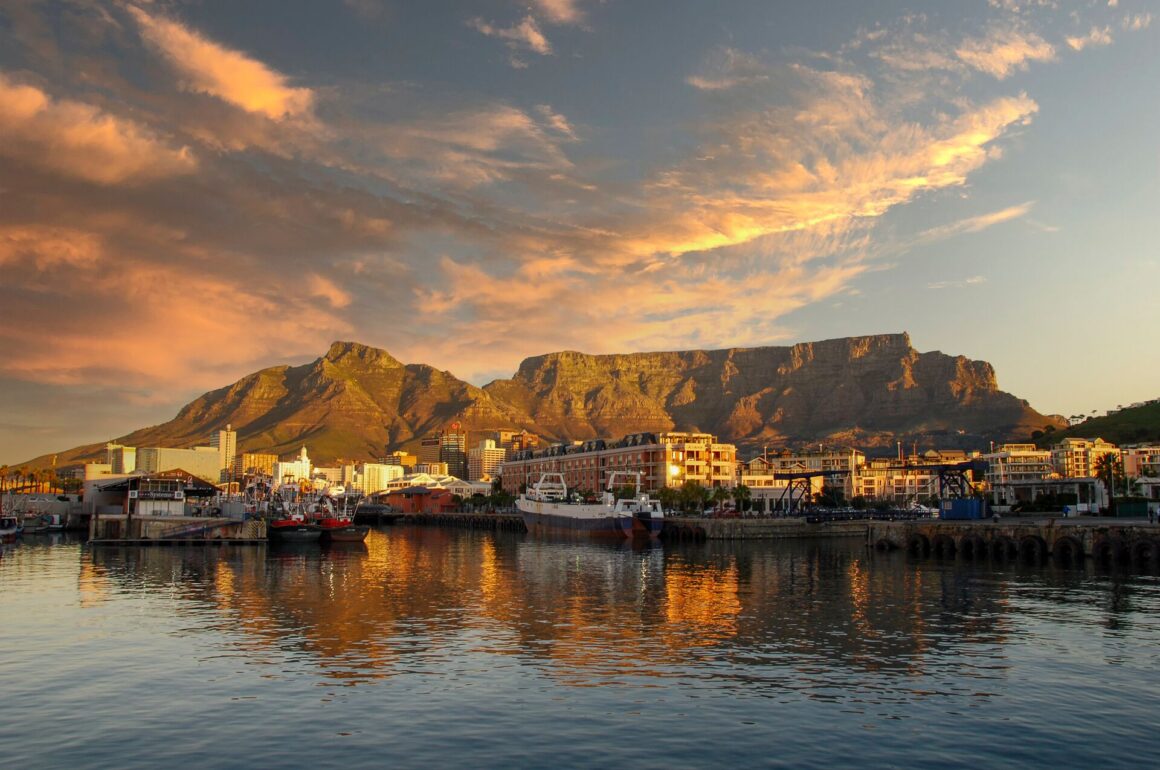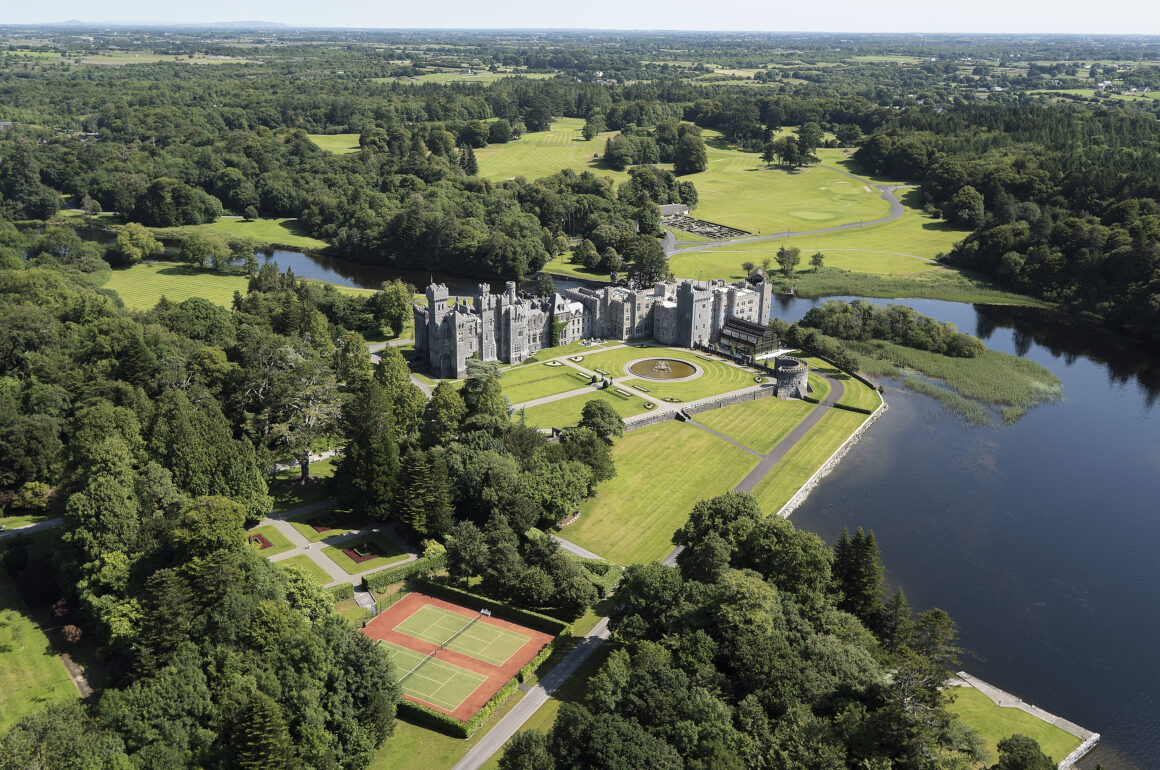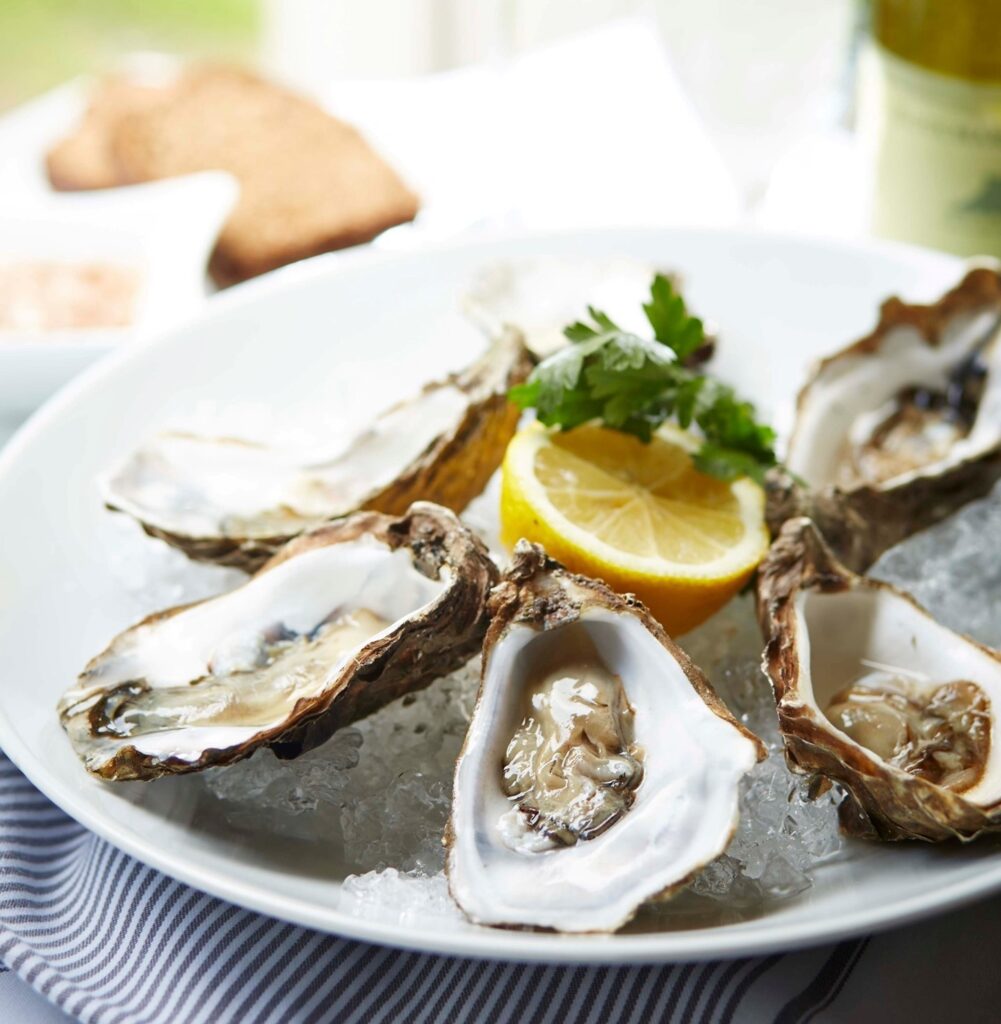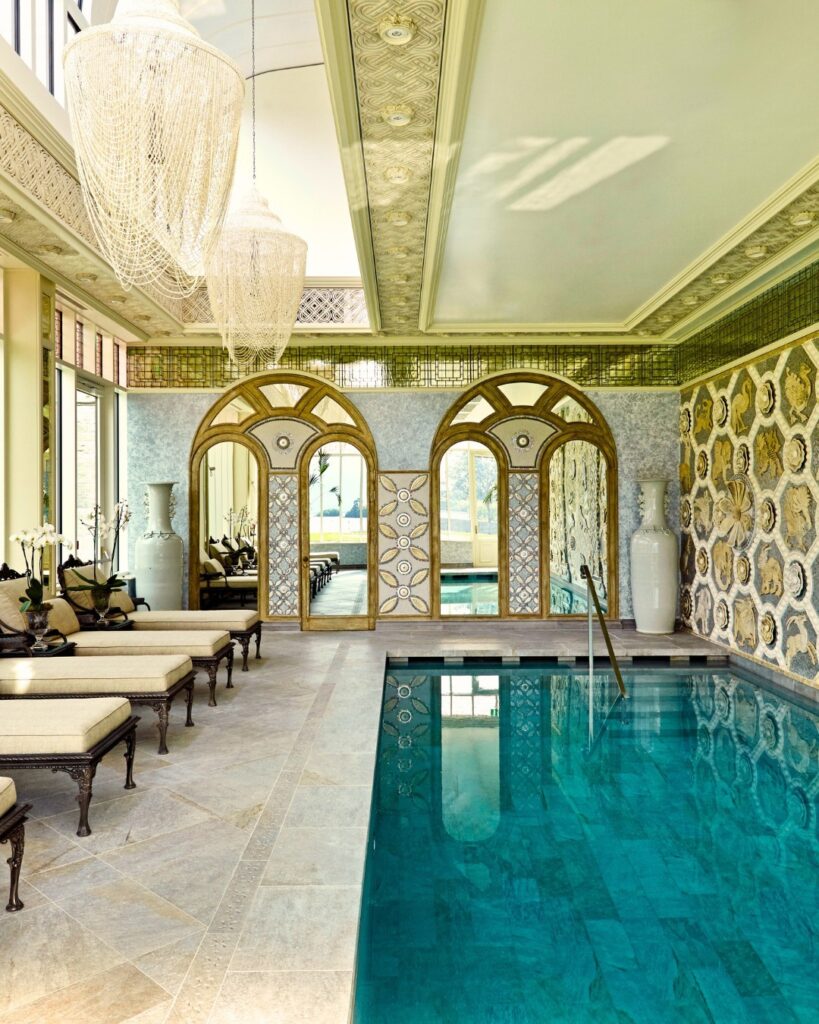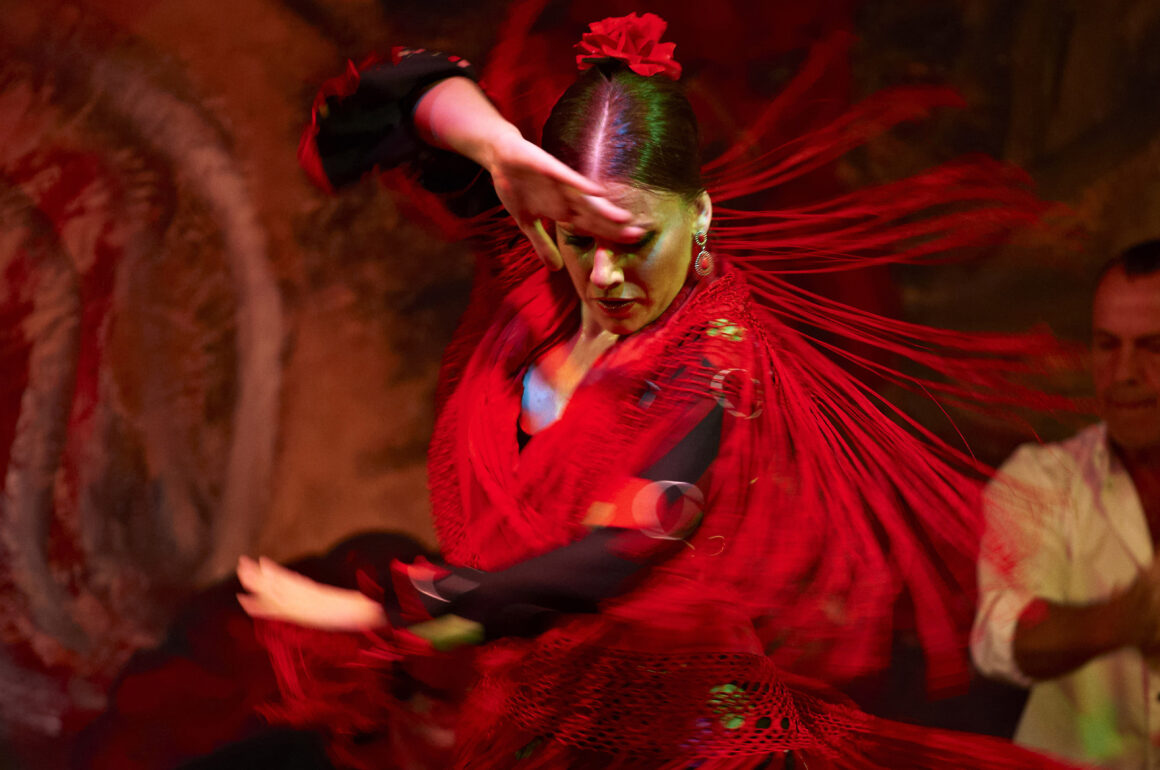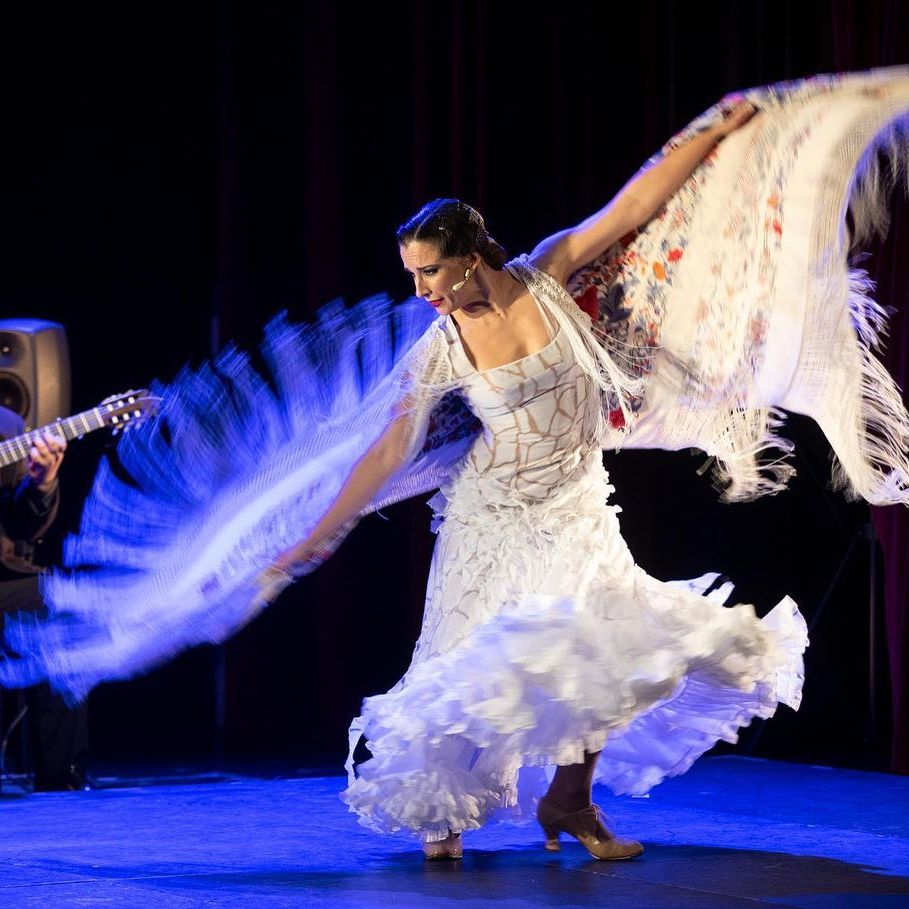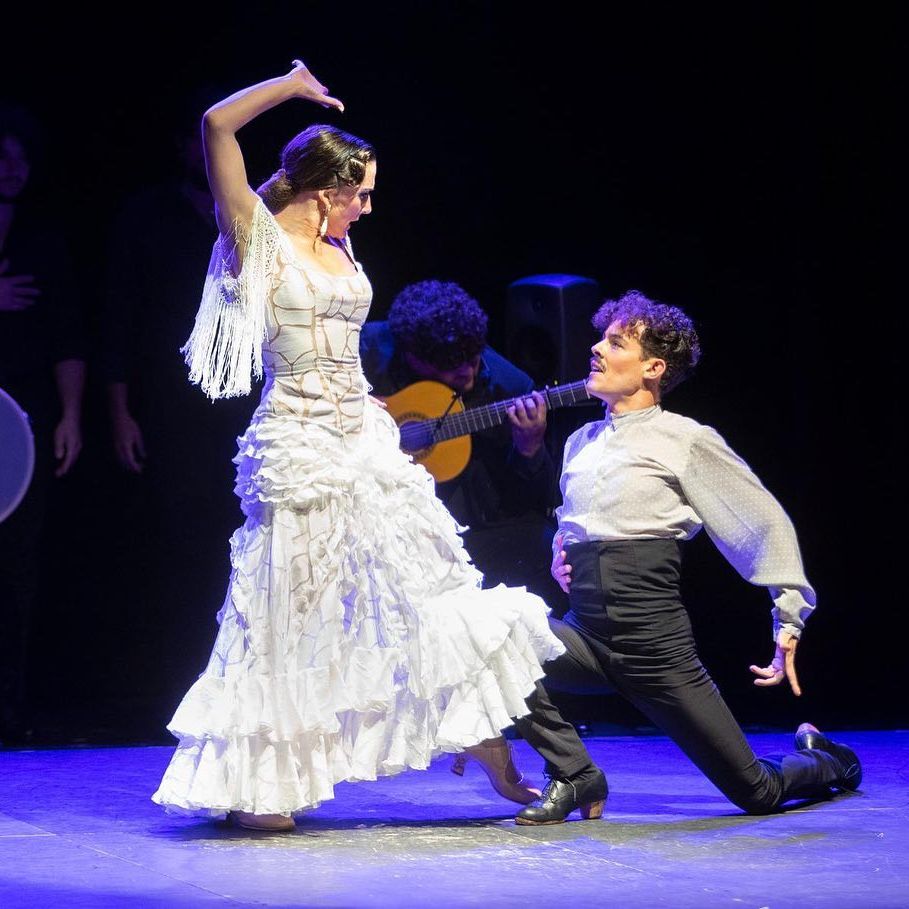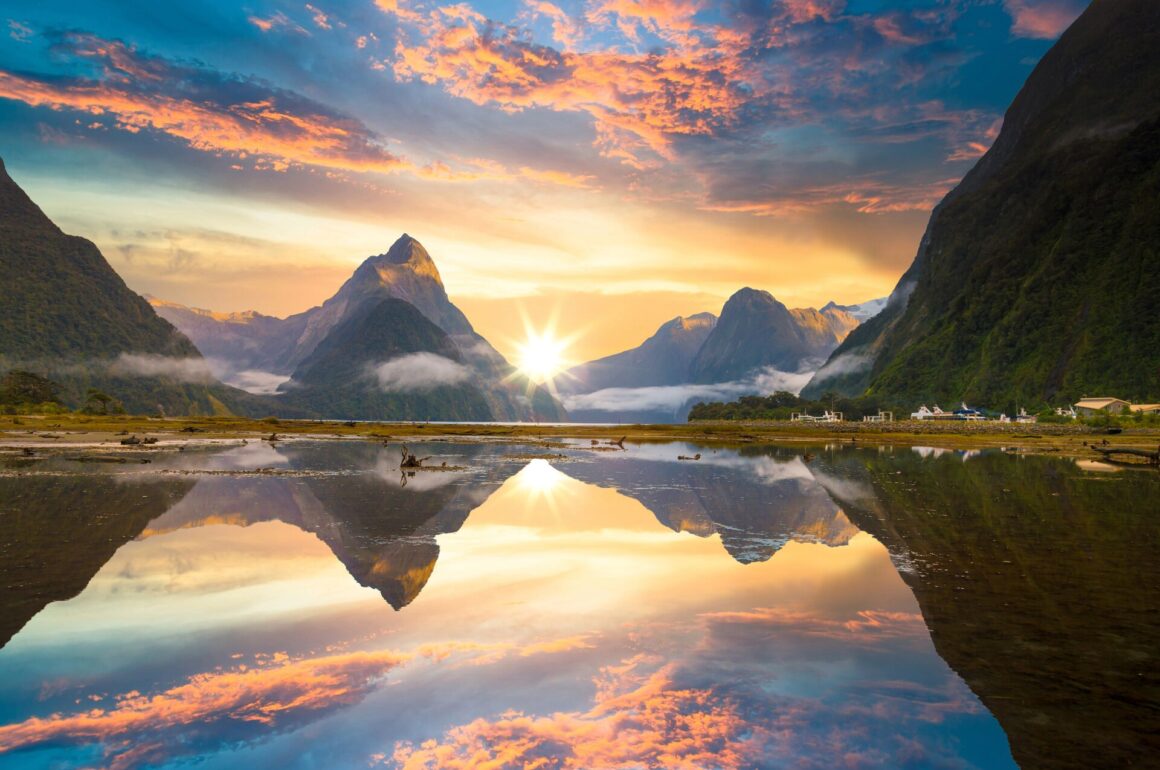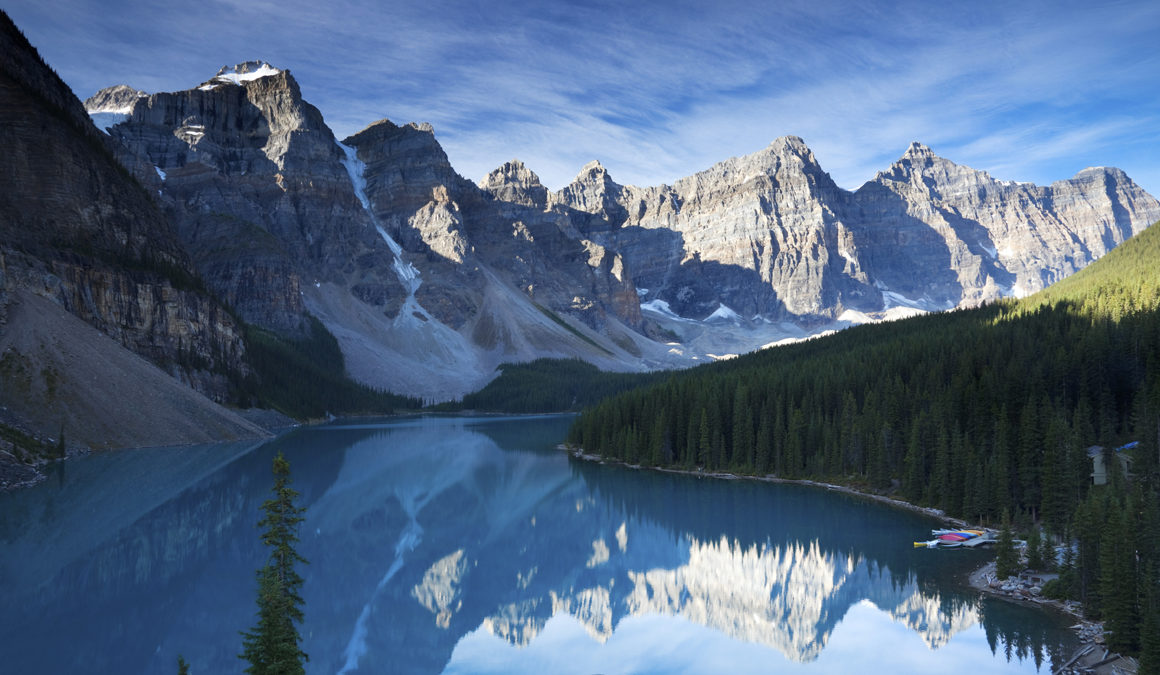Down at the southernmost tip of Africa, expansive farms converge with vine-friendly slopes and teeming seas – not to mention dishes shaped by arrivals from all over the globe. The resulting rich and unexpected food scene makes South Africa the ultimate destination for a gourmet foodie road trip, whether you’re sampling a 10-course tasting menu on a wine estate, or tucking into a rustic braai (barbecue) in the bush.
Guests on Luxury Gold’s nine-day Spectacular South Africa tour, for example, will tuck into seafood at the sea-view Harbour Restaurant in Kalk Bay, before enjoying a locally-sourced dinner at the world-renowned Boschendal Wine Estate – then dine under the stars in Kruger National Park.
The sheer beauty of South Africa’s scenery – from wave-lashed coastline to green mountain slopes and dry savanna – means dramatic views from many of its most famous restaurants, while the contents of your plate are often firmly rooted in the terrain around you. Here are some of the culinary stops that have made this country the food destination it is today.
Fine dining capital

The perfect place to start any foodie road trip is Cape Town. One of the world’s great gourmet cities, Cape Town is teeming with innovative chefs both homegrown and imported making headlines with their menus. Here, Luxury Gold guests enjoy a visit the Old Biscuit Mill, once a series of factories but now transformed into trendy bakeries, boutiques, jewelers and cult restaurants. One such eatery, The Potluck Club, is an upmarket local favourite, with modern, arty small plates from star chef Luke Dale Roberts (most famous for the now-shuttered Test Kitchen). Expect dishes like springbok tataki and mussels with braised beef tongue, with a down-to-earth atmosphere and great sunset views over the Lion’s Head peak. The Old Biscuit Mill’s food market, Neighbourgoods Market, is a hit with trendy locals, and a must-see on your visit.
We think you’ll also like: Wild at Heart: Why winter is the best time to visit South Africa
A taste of the Winelands
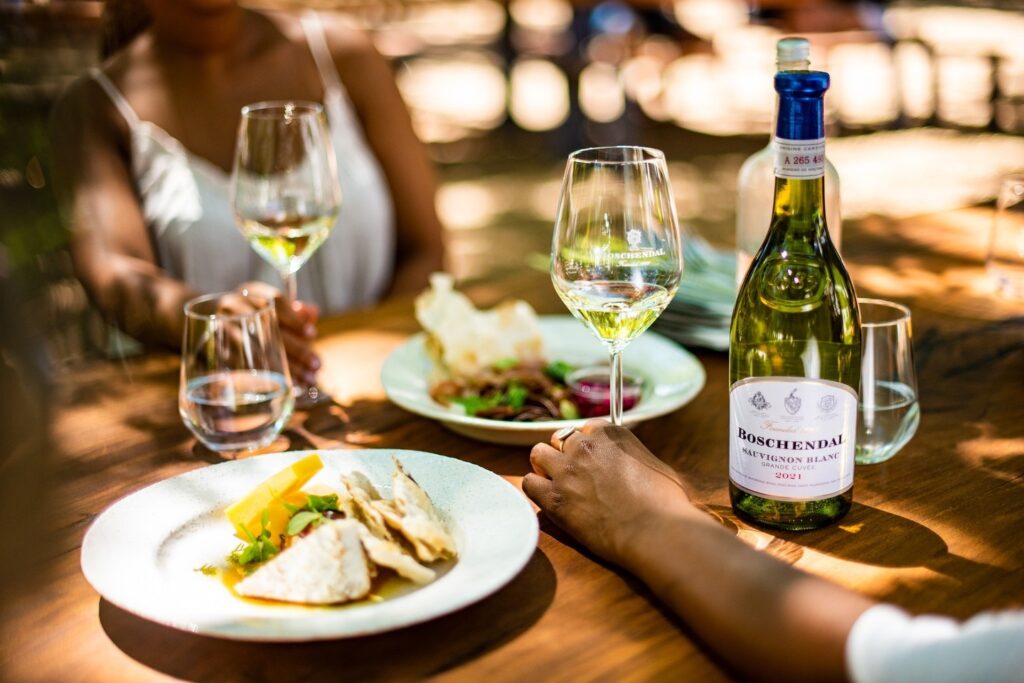
Credit: @boschendal on Instagram
Sitting among acres of vines glowing gold in the sunlight, you swirl your first jewel-bright taster of wine around the glass. A vineyard visit is a standout moment of any South Africa tour, and its Cape Winelands are not only a ravishing place to do it – all imposing mountains, undulating vineyards and quaint towns of boutiques and restaurants – they’re also a hub of exciting chef activity. Take Boschendal Estate, a working farm between Stellenbosch and Franschhoek where you can go horse riding, tour the kitchen gardens, indulge in a picnic or just come for the main event: a glorious farm-to-table lunch. Sitting out at the Werf Restaurant, a highlight of any foodie road trip with its incredible views of the countryside, you’ll taste the likes of flame-cooked asparagus, forest-reared Duroc pork and tandoor cauliflower – all part of what chef Eric Bulpitt calls “soil to fork” cuisine.
We think you’ll also like: A look inside South Africa’s most beautiful and exclusive wineries
Destination restaurants
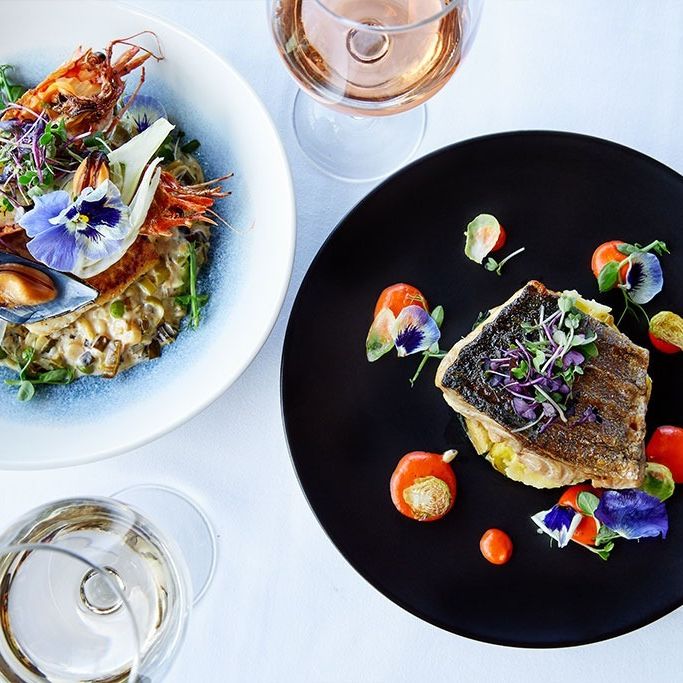
Credit: @harbourhouse on Instagram
South Africa is a country of destination restaurants worth the detour. Venturing outside of Cape Town, you might head to the coastal suburbs for a slap-up seafood meal. The iconic Harbour House restaurant in Kalk Bay is on your South Africa itinerary, where head chef Ryan Lee Van Rooyen dishes up elegant sushi rolls, dressed oysters and show-stopping seafood platters. But you might also linger for La Colombe in Constantia, one of the world’s best fine dining restaurants where you’ll try intriguing dishes such as the Dove’s Nest, featuring eggshells you uncork to eat with a straw, and a tuna starter served in a tuna tin with the lid peeled back. Or travel to pretty Franschhoek in the winelands for salt-sugar-cured pork belly and amarula panna cotta at stylish local’s favourite, Reuben’s.
We think you’ll also like: Mind the culture gap: The chefs who make worlds collide through food
A braai in the bush
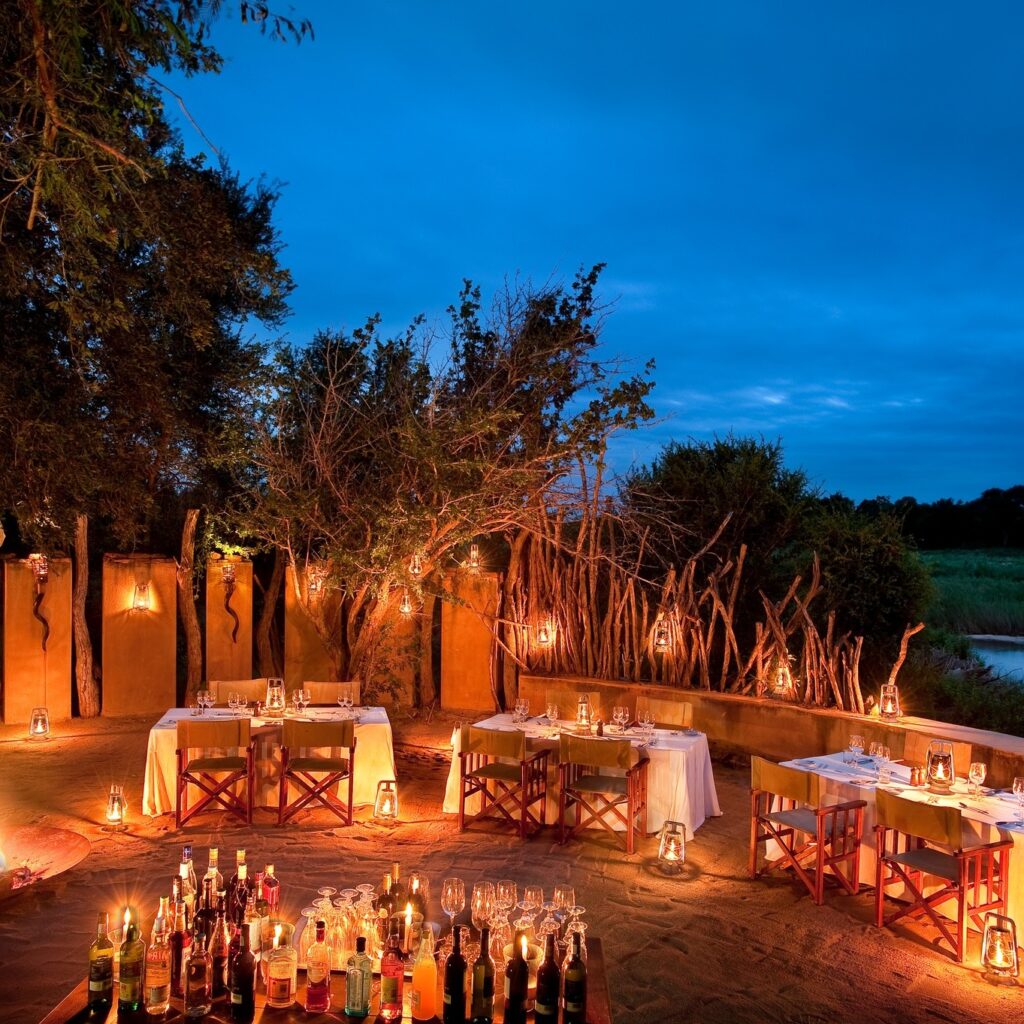
Credit: @lionsandsgamereserve on Instagram
Safari trips aren’t renowned for their food, but a luxurious reserve like Kruger National Park’s Lion Sands will host some of the most memorable meals of your trip. One highlight at Lion Sands Tinga Lodge – the base for game drives on the Spectacular South Africa tour – is the Celebration Dinner, an atmospheric barbecue grilled up in the wilderness near the camp.
As part of a full-board stay, you and the other guests at this upmarket lodge will follow staff to a lantern-lit spot in the reserve, where expert chefs will grill game and fish over a traditional South African barbecue while you chat in the light of a roaring log fire. It’s served in the traditional style, with pap (polenta), salad and sheba (a traditional tomato-and-onion sauce). And don’t worry about big cats or wild dogs intruding on the feast – staff are discreetly positioned to look out for any carnivorous visitors attracted by the aroma.
To enjoy a gourmet foodie road trip and taste the best of South Africa, along with magnificent hotels and exclusive experiences take a look at our Spectacular South Africa luxury journey.



